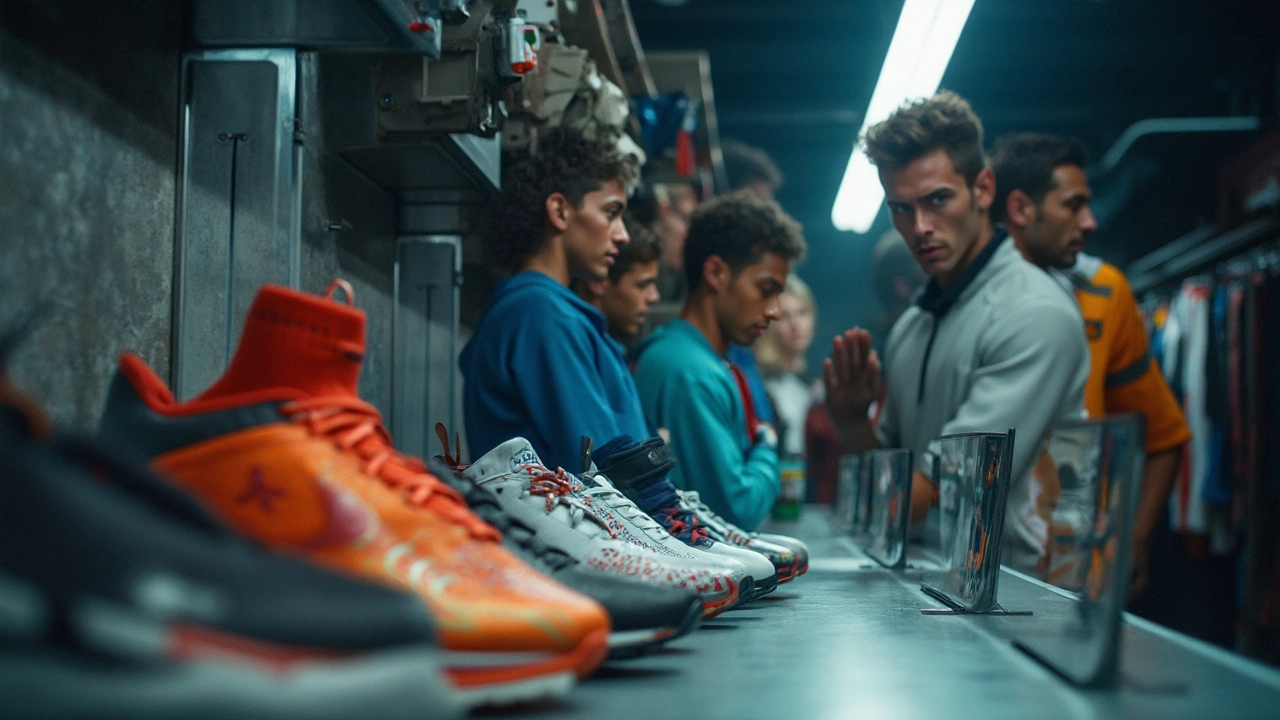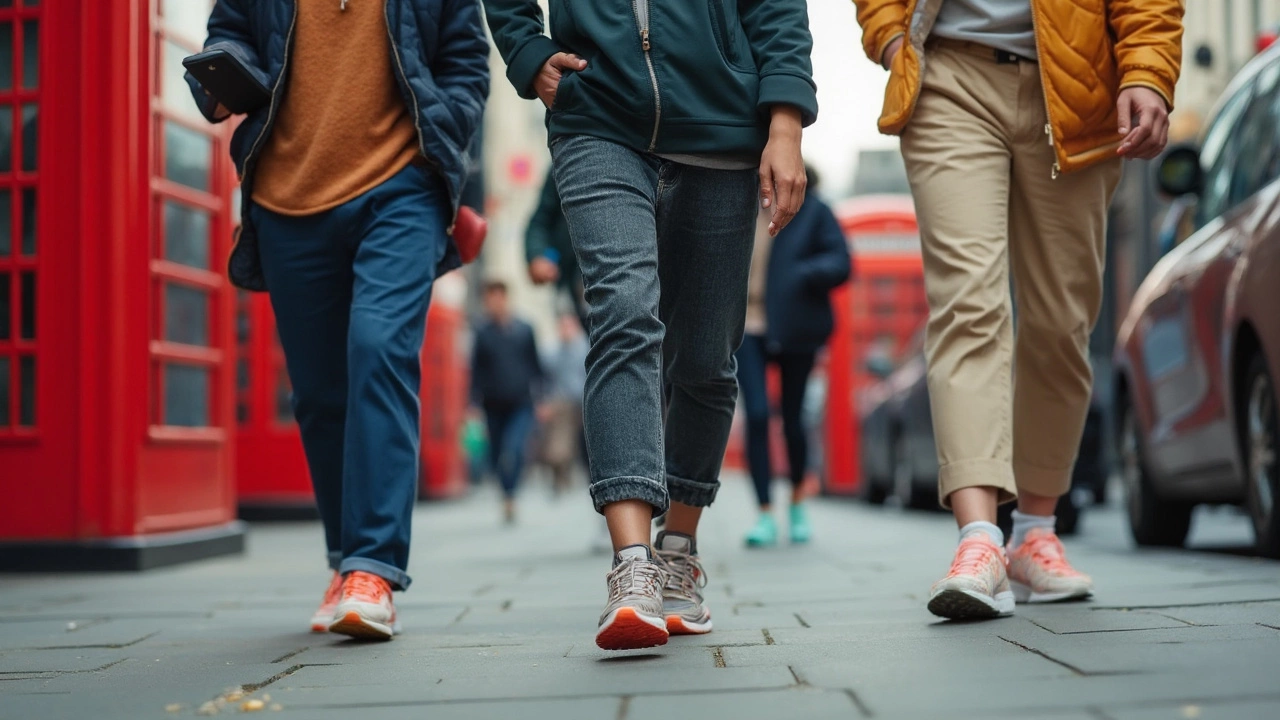
Footwear Guide: Pick the Right Sports Shoes for Any Workout
Ever bought a pair of shoes that felt great in the store but left you sore after a run? You’re not alone. The right footwear can boost performance, protect your joints, and keep you comfortable. Below you’ll get straight‑forward advice on what to look for, plus quick picks from our most‑read articles.
Fit and function – the basics you can’t skip
First thing’s first: a shoe that fits right feels like an extension of your foot. Check the toe box – you should be able to wiggle your toes without crushing them. A half‑size too big, like the scenario we covered in the "Running Shoes a Half Size Too Big" post, can cause slipping and blisters, while a shoe that’s too tight cramps your foot and throws off your stride.
Next, think about the activity. Running shoes need cushioning and a responsive sole; weight‑lifting shoes benefit from a rigid base; trail shoes require aggressive tread. Most brands label their models by purpose, so match the shoe’s design to the sport you’re doing.
Don’t forget arch support. If you have flat feet or high arches, pick a shoe with the right level of stability. A quick test: stand on a piece of paper. If you see a full footprint, you likely need more support. If you see only a thin line, you might be fine with a neutral shoe.
Top picks from our readers – what’s worth a look
We’ve dug into popular models in several articles. Asics got the thumbs‑up for reliability in the "Are Asics Good Running Shoes?" piece – they combine decent cushioning with a snug fit that works for most runners. Hoka shoes, covered in "Are Hoka Running Shoes Really Good?", shine for long distances thanks to extra stack height that reduces impact without feeling bulky.
If you’re after a budget-friendly everyday sneaker, our "Footwear" tag also includes style‑focused posts that mention versatile trainers that transition from the gym to the street. Look for breathable mesh, a simple lace‑up system, and a durable rubber outsole.
Finally, keep an eye on wear patterns. The sole of a shoe tells you a lot about how you move. If the wear is uneven, you might be overpronating or underpronating – time to switch to a shoe that corrects that motion.
Bottom line: test shoes with a short jog inside the store, check the return policy, and don’t ignore the feel of the insole. A good pair will keep you moving longer and prevent injuries before they start.
Got a favorite brand or a question about a specific model? Drop a comment below or browse the related posts on our site for deeper reviews.

